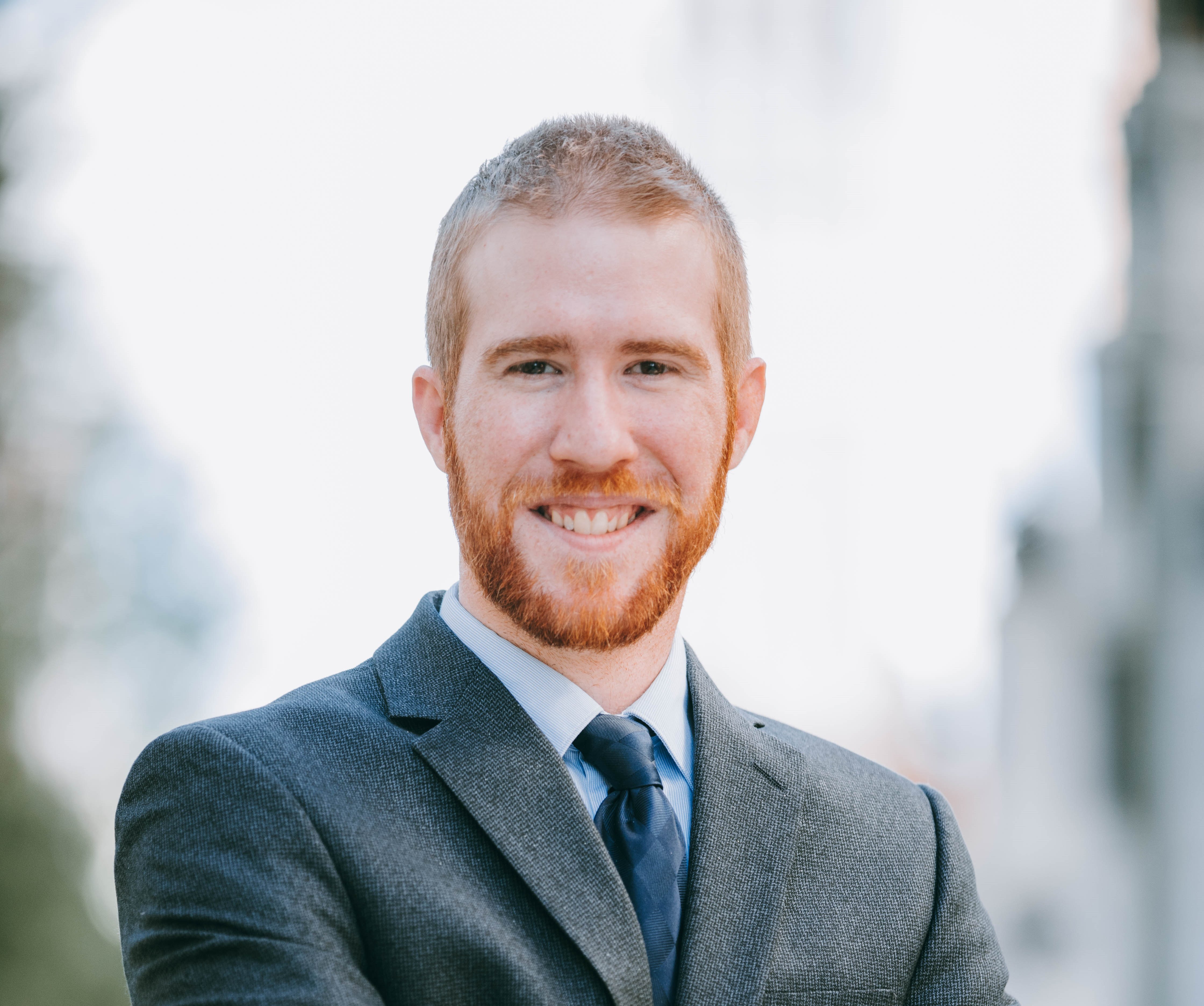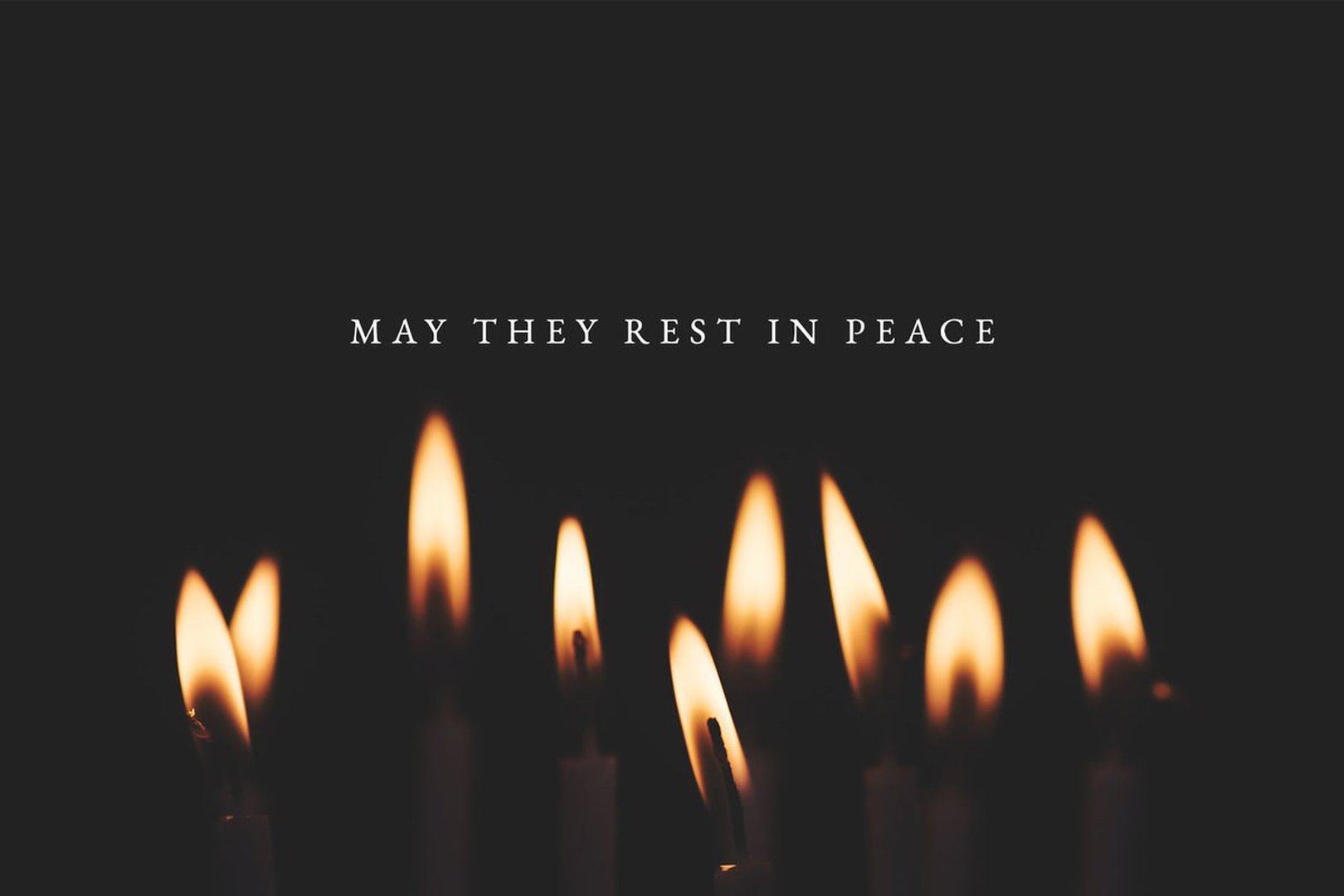Chief liturgical adviser reflects on ‘wonderful blessing’ of serving Church over the past 25 years, citing joys and challenges
DETROIT — Those familiar with Dan McAfee’s work as the Archdiocese of Detroit’s director of worship for the past 25 years know of his two great loves: bowties and liturgy.
There’s actually a third great love, too: art, which McAfee hopes to spend more time on, now that he’s retiring from his long-held post.
“It’s been a wonderful blessing and a grace to be so intimately involved with the Church and the liturgy,” McAfee, 69, told Detroit Catholic. “To serve two archbishops, I couldn’t imagine a better tenure.”
McAfee completed 27 years of service to the archdiocese on Dec. 31 — most of it as director of the archdiocese’s Office of Worship since 1996. In that role, he coordinated some of the Church’s most solemn liturgies as a key adviser to Cardinal Adam J. Maida and Archbishop Allen H. Vigneron and played a pivotal role in the formation of liturgists, RCIA directors and pastoral ministers throughout the archdiocese.
On Jan. 8, the archdiocese announced McAfee’s successor, Sr. Esther Mary Nickel, RSM, a member of the Religious Sisters of Mercy of Alma (who will be featured in a coming Detroit Catholic story).
“Dan's warm personality and snazzy bowties made him an institutional figure across our archdiocese. His departure is bittersweet, for sure,” said Joe Balistreri, director of music for the archdiocese and a close collaborator with McAfee.
McAfee’s love for the liturgy began in college, when, back in 1970, he served at the campus Newman Center at Edinboro University in Pennsylvania.
“I was kind of the janitor, but I ended up coordinating the liturgy there,” McAfee recalled. “Guitarists wouldn’t show up for Mass, and I thought, ‘I can do that,’ so I started playing music.”

McAfee originally wanted to be an art teacher, a passion that began even earlier as a high school student at St. Canice in Pittsburgh.
“Our church had a fire when I was a junior in high school, and some of us artistic types were charged with turning the school cafeteria into a temporary church while the damage was being taken care of,” McAfee said. “When I went to college, my interest in the Church and my love of the liturgy came out full blown.”
Even though he was studying art, McAfee was drawn to the liturgy at the Newman Center, which took place “during the flowering of the liturgical renewal,” he said.
“I was never interested in becoming a priest or joining the seminary, but I always had a love for the liturgy,” McAfee said. “So when I graduated and started teaching in a Catholic school, I took evening classes in theology to understand more and keep developing my faith. When I moved to Detroit, that’s when I started taking summer classes at Notre Dame, where I got my master’s in liturgy.”
Before moving to the Archdiocese of Detroit, McAfee taught briefly at a Catholic high school in Pittsburgh, where “my most famous student was (current St. Paul and Minneapolis) Archbishop (Bernard) Hebda.”
He taught art and religion for a few years in Pittsburgh before moving to Detroit in 1978 to be a youth minister and liturgical assistant at St. Cyprian Parish in Riverview. After brief stops at St. Mary Catholic Central High School in Monroe and the Diocese of Toledo’s worship office, McAfee came to work for the Archdiocese of Detroit full time in the adult formation office in 1994.
Two years later, he became the archdiocese’s worship director, a position he’s loved ever since.

“One of the reasons I really liked it was it wasn’t the same thing every day. It was a variety of functions, and that kept me interested and busy,” McAfee said. “Practically, there were some direct services to parishes, like forming lectors, Eucharistic ministers and ushers and answering pastors’ liturgical questions. There was quite a bit of direct involvement with the cathedral liturgies, pontifical liturgies — particularly with the Rites of Election and the Chrism Mass.”
As the chief liturgical advisor to Archbishop Vigneron, McAfee was the first point of contact for parishes doing church renovations or construction, and it was also his task to ensure sacred items found a new home when a former church building was closed.
McAfee appreciates the Church’s deep liturgical patrimony for its variety of expressions — from the traditional Latin Mass to contemporary forms of worship.
“James Joyce once said the Catholic Church is ‘Here comes everybody,’” McAfee said. “Even when you look at the great saints of the Church, you’ll see different kinds of spiritualities. I think it’s a wonderful richness in the Church. Some people might say, ‘This is the right kind of Mass,’ but I don’t see that conflict at all.”
People would often seek McAfee’s opinion on different liturgies, to which his reply was always the same.
“People who knew what I did for a living would come up to me after a liturgy and say, ‘How was the Mass?’ Like they wanted a report card,” McAfee said. “And I always said, ‘Jesus came.’ That’s the important thing. Don’t lose sight of that — Jesus was here, and we could receive his Body and Blood. That’s the essence of my faith: that Eucharistic presence.”
McAfee counts the 2017 beatification Mass of Blessed Solanus Casey at Detroit’s Ford Field among the highlights, as well as the Eucharistic Congress at St. John’s Center in Plymouth in 2000, the Mass for Pardon leading up to Synod 16, and the synod itself.
“That was just an incredible day,” McAfee said of the beatification Mass.

The COVID-19 pandemic presented a particular liturgical challenge over the past year, he said.
“It’s a shame. Things that have become very important to us — receiving the Precious Blood from the cup, presenting gifts from the people — are impossible now. None of us know when those things will come back. That’s sad, but it’s necessary right now,” McAfee said.
Now that McAfee is retired, he plans to spend more time working in his Wyandotte art studio, where he enjoys painting, particularly Eastern iconography.
“I’ve been really influenced by Eastern art, so I do icons, but many of them are done in a slightly different way to make them more modern,” McAfee said. “But I also do landscape painting. Different things inspire me at different times.”
Last year, McAfee completed an icon of the Blessed Virgin Mary in pointillism style that’s on display at the Cathedral of the Most Blessed Sacrament. His other work includes a 12-foot-tall icon of the risen Christ that was prominently featured during Synod 16.
While McAfee admits he’ll miss “dressing up for work” at the Chancery — which he hasn’t gotten to do since the pandemic started — the bowties will continue to make appearances during special occasions, he said.
“It’s funny, I started wearing bowties as an art teacher, because longer neckties would dip into the paint. Bowties are just easier,” McAfee laughed. “I recently pulled out a yearbook from 1973, and I was wearing a bowtie. It’s pretty much been part of me for close to 50 years.”










